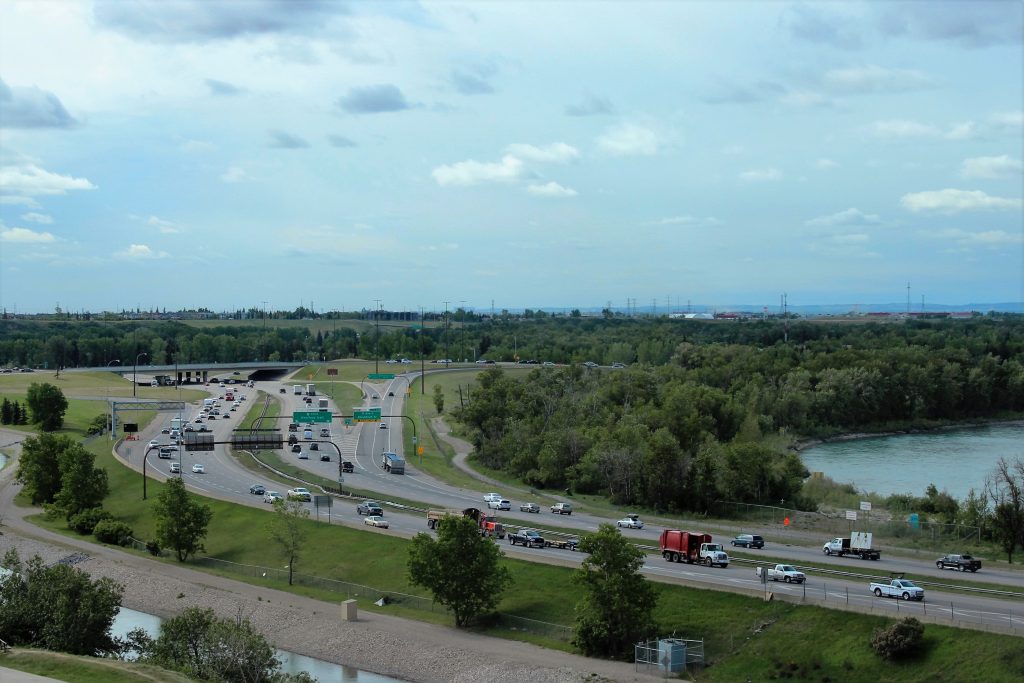Deerfoot Trail Study – Public Input Summary
Earlier this year The City of Calgary and Alberta Transportation began a comprehensive study of Deerfoot Trail. This study is the first of its kind since the mid 1990s. Our city has seen tremendous growth over the last 25 years, and that has resulted in increased pressures on key roadways like Deerfoot.

This study isn’t just about finding ways to make Deerfoot Trail wider. This study is also about finding innovative traffic flow management solutions that can make sure we have a resilient transportation network that is prepared to handle our high rates of growth. This study will generate some very important recommendations on ways to improve safety and mobility in the short term and the long term. Through this study we need to find ways to maximize the infrastructure that already exists and identify areas where upgrades are necessary.
In June of 2016 the study team took forward a comprehensive public engagement program. The engagement consisted of a number of open house meetings and an online survey. To augment the process, I hosted a Deerfoot Trail town hall with a number of my Council and MLA colleagues where the study team were able to hear your feedback and answer your questions.
The study team recently released the results of their public engagement program. The findings show some really important trends and give some guidance on the priority areas Calgarians want to see addressed.
What We Heard
Despite the fact that Deerfoot Trail is a provincial highway, my office has heard a tremendous amount of feedback from residents during my six years on Council. The relationship that southeast Calgary has with Deerfoot was highlighted in the feedback the study team received in June.
Let’s take a look at some of the key trends from the engagement:
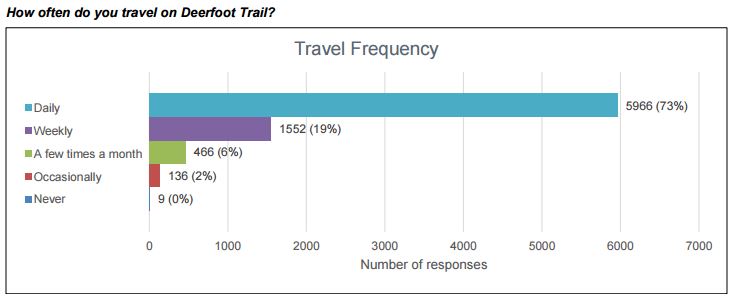
For many communities in southeast Calgary, Deerfoot Trail is one of the few direct connections to the rest of the city. A daily commute on Deerfoot is the only option for a large number of folks in our city.
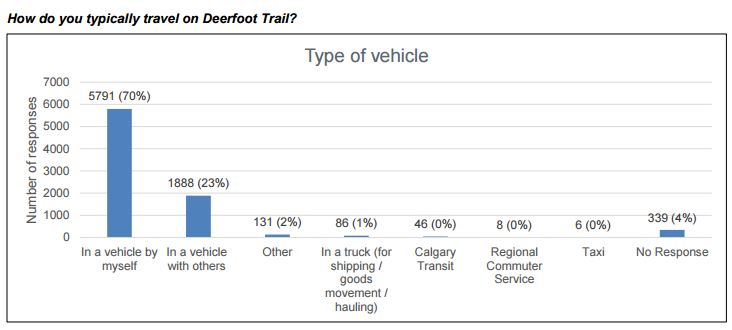
Deerfoot is dominated by single passenger vehicles. Tools like high occupancy vehicle (HOV) lanes could be an option to move similar volumes of people with fewer vehicles. The expansion of our public transit network, specifically with Green Line, can also help us find greater efficiency when it comes to moving folks in and out of southeast Calgary.

Southeast Calgary interchanges are some of the busiest on Deerfoot. Out of those folks that responded a large number of them are accessing Deerfoot between Stoney Trail south and Glenmore Trail. As I mentioned earlier, this speaks to the fact that communities in southeast Calgary have some of the fewest transportation options in Calgary.
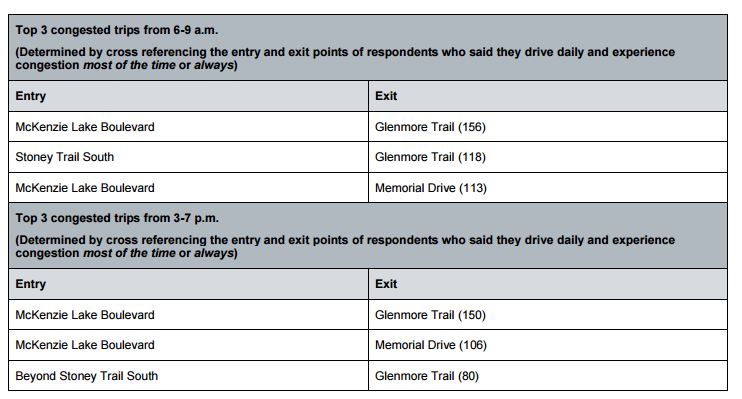
Calgarians feel that the most congested trips on Deerfoot are the ones between McKenzie Lake Blvd and Glenmore Trail. This is consistent with much of the other feedback trends we have seen.
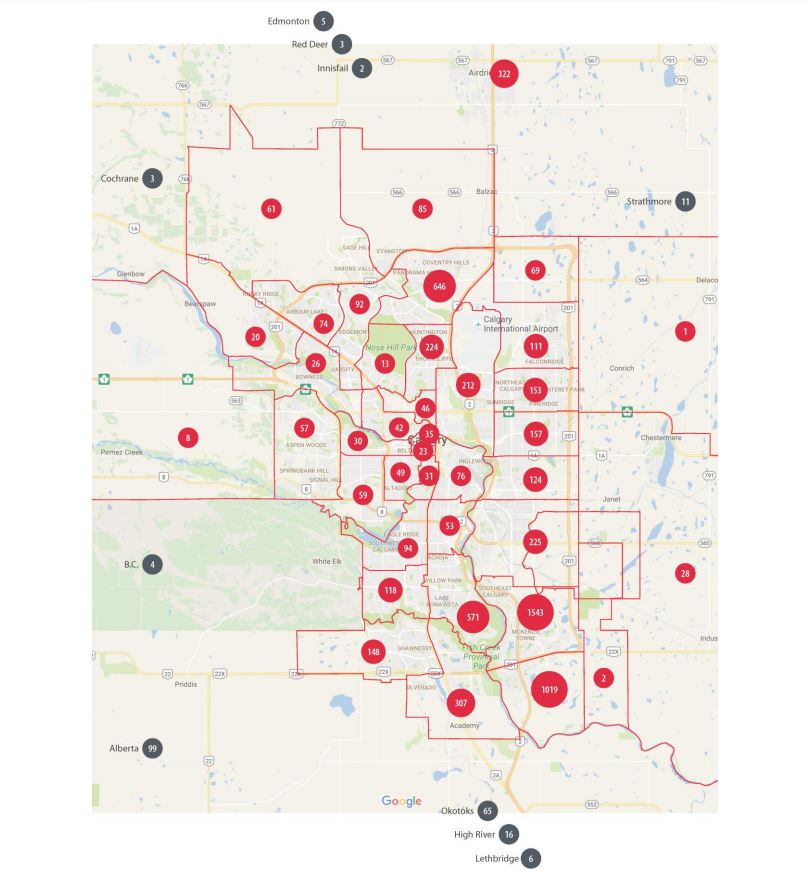
Folks in southeast Calgary were given an opportunity to give their feedback on Deerfoot Trail and they absolutely seized that opportunity. The participation from southeast Calgary was dramatically higher than anywhere else in the city. This speaks to some of the other results we saw in the feedback analysis, but it also tells the story of the impact this roadway has on the lives of a large number of Calgarians.
You can download a copy of the full Summary Report here: What We Heard Report
What’s Next?
The study team is currently developing and refining short-term improvements for some of the existing problems that have been highlighted. I believe the team has been given a strong indication from southeast Calgary where some of these key problem areas are. I am looking forward to the recommendations from the team and am optimistic we can find some reasonable solutions to address congestion issues in the short term.
You can keep up to date on the study at www.calgary.ca/deerfoot
